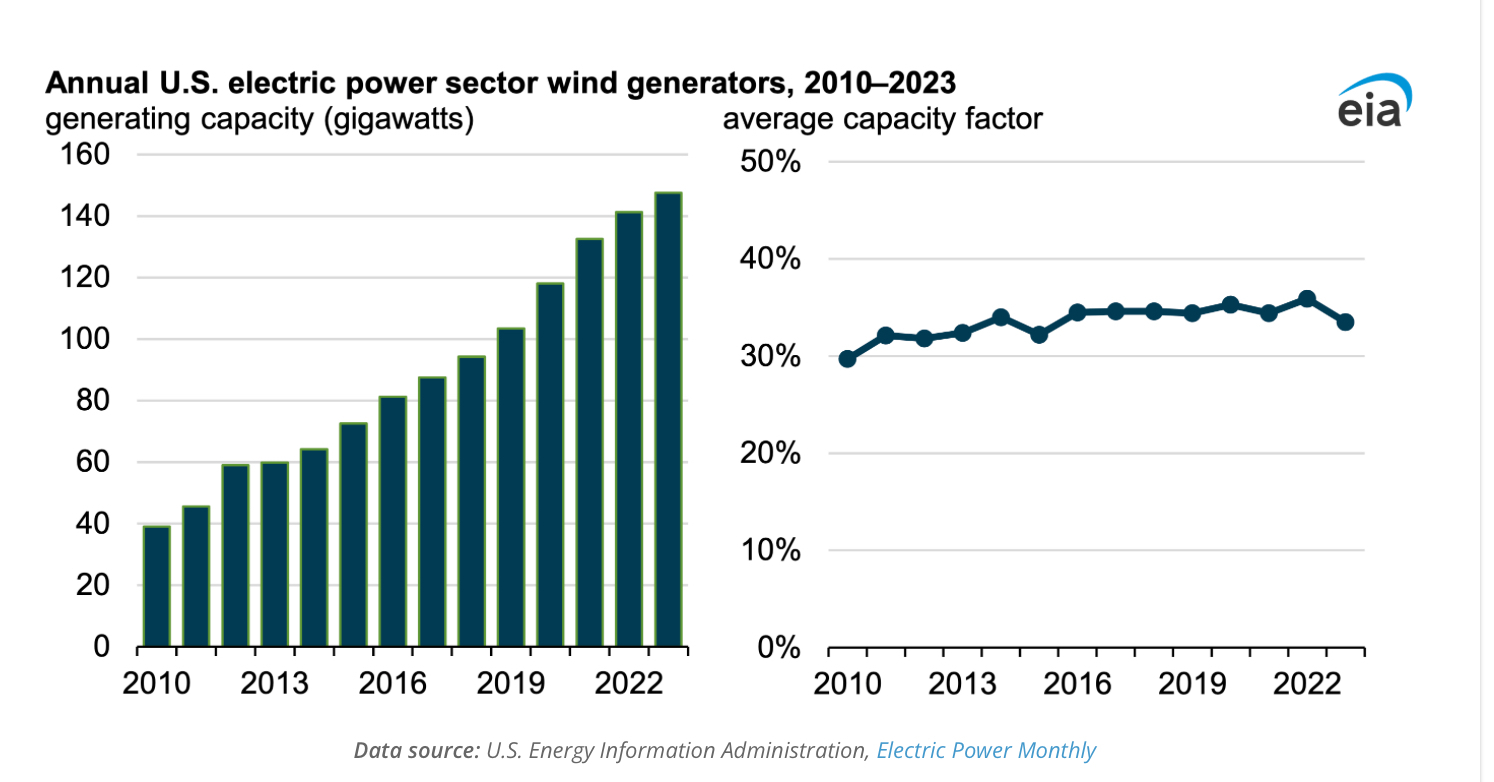We’d like to remind Forumites to please avoid political debate on the Forum.
This is to keep it a safe and useful space for MoneySaving discussions. Threads that are – or become – political in nature may be removed in line with the Forum’s rules. Thank you for your understanding.
The Alternative Green Energy Thread
Comments
-
Britain to import energy from US under plan for transatlantic power cable
Britain homes could one day be powered by electricity generated in America under plans to install up to six power cables across the Atlantic.
The cables would stretch roughly 3,500 miles across the ocean, reaching depths of up to 11,000 feet, and carrying power roughly equivalent to several nuclear power stations.
A group of London investors and energy consultants are behind the ambitions scheme, as they claim technological advances in subsea cables could allow the creation of a global “intercontinental grid”.
The idea of laying interconnectors over such long distances would have been unthinkable until the last decade because the electrical resistance inherent in cables would have soaked up too much power over such distances.
In recent years, however, cable makers have improved the quality and size of their systems so that power losses amount to just 3pc for every 1,000km.
Northern Lincolnshire. 7.8 kWp system, (4.2 kw west facing panels , 3.6 kw east facing), Solis inverters, Solar IBoost water heater, Mitsubishi SRK35ZS-S and SRK20ZS-S Wall Mounted Inverter Heat Pumps, ex Nissan Leaf owner)1 -
If you could distribute solar around the globe that might be a game changerI think....0
-
That's what the Morocco/UK interconnector is all about. It has the added bonus of a reliable evening breeze for additional wind generation, which happily occurs at our peak time, owing to the time zone being the same.michaels said:If you could distribute solar around the globe that might be a game changer0 -
It would be easier to beam it down from space, 1,000km is far from 3,500miles.
The starship flight has the volume of the entire ISS, and would fit a lot of folding solar panels in it. 27ton to geo orbit, 1mw per flight?0 -
You do know Geostationary orbit is 35,000km? While we're not talking about a cable here there's a loft of work in 'beam it down' that might need some demonstration.markin said:It would be easier to beam it down from space, 1,000km is far from 3,500miles.
The starship flight has the volume of the entire ISS, and would fit a lot of folding solar panels in it. 27ton to geo orbit, 1mw per flight?
8kW (4kW WNW, 4kW SSE) 6kW inverter. 6.5kWh battery.1 -
ABrass said:
You do know Geostationary orbit is 35,000km? While we're not talking about a cable here there's a loft of work in 'beam it down' that might need some demonstration.markin said:It would be easier to beam it down from space, 1,000km is far from 3,500miles.
The starship flight has the volume of the entire ISS, and would fit a lot of folding solar panels in it. 27ton to geo orbit, 1mw per flight?Caltech are working on it.
https://www.space.com/space-solar-power-satellite-beams-energy-1st-time
June 12, 2023
"A space solar power prototype has demonstrated its ability to wirelessly beam power through space and direct a detectable amount of energy toward Earth for the first time. The experiment proves the viability of tapping into a near-limitless supply of power in the form of energy from the sun from space.
Because solar energy in space isn’t subject to factors like day and night, obscuration by clouds, or weather on Earth, it is always available. In fact, it is estimated that space-based harvesters could potentially yield eight times more power than solar panels at any location on the surface of the globe.
The wireless power transfer was achieved by the Microwave Array for Power-transfer Low-orbit Experiment (MAPLE), an array of flexible and lightweight microwave power transmitters, which is one of the three instruments carried by the Space Solar Power Demonstrator (SSPD-1).
SSPD-1 was launched in January 2023 as part of the California Institute of Technology's (Caltech) Space Solar Power Project (SSPP), the primary goal of which is to harvest solar power in space and then transmit it to the surface of Earth. ........."
"“In 2015, a miracle happens. The Falcon 9 reusable rocket flies for the first time,” says John Mankins, a former Nasa physicist who is now president of Artemis Innovation Management Solutions. Mankins is an expert on solar-power satellites, having worked on many of the feasibility studies over the decades. With the advent of a truly reusable rocket, the cost of sending equipment into orbit is tumbling. Instead of costing about $1,000 to launch every kilogram into space, Mankins now expects the price to come down to closer to $300 a kilogram. “That’s the holy grail for space solar power. It is not just possible some day – it’s inevitable in the next five or seven years,” he says.
Others are similarly optimistic. In September 2021, the Frazer-Nash Consultancy published a report for the UK government that concluded: “Space solar power is technically feasible, affordable, and could both bring substantial economic benefits for the UK, and could support net zero pathways.” In late August, Esa released its own studies on space-based solar energy, which arrived at a similar conclusion for the whole of Europe. As a result, the agency will request in November that its member states fund a three-year feasibility study into solar-power satellites to examine in detail whether such a system might become commercially viable. “Solaris is a bridge to check that this is really doable and that it would really help before we ask for billions of euros,” says Vijendran.
Whether or not such satellites go into orbit, there can be no doubt that solar power is set to dominate the energy landscape of the future. And as the current Ukraine crisis shows, that could lead to better energy security as well as reducing our carbon output."
1 -
It's theoretically possible. But it's almost literally pie in the sky stuff at the moment and decades away.8kW (4kW WNW, 4kW SSE) 6kW inverter. 6.5kWh battery.0
-
Imagine if the AI went wrong. It would be like burning ants with a magnifying glass.0
-
Its not heating the receiver so no worse than 5G right?Netexporter said:Imagine if the AI went wrong. It would be like burning ants with a magnifying glass.
Stay indoors if you have a pacemaker when AI takes over.0 -
I don’t think there is a great deal to be concerned about as wind generation does vary from year to year but it does show that just rolling out more and more capacity doesn’t guarantee there will be a commensurate increase in generation. The reasons behind the fall in capacity factors may be more complex however than just the wind blowing less. As the article says - wind as a generation source is maturing.
Graphs: U.S. Wind Generation Declined in 2023 for the First Time Since the 1990s
The 2023 decline in wind generation indicates that wind as a generation source is maturing after decades of rapid growth. Slower wind speeds than normal affected wind generation in 2023, especially during the first half of the year when wind generation dropped by 14% compared with the same period in 2022. Wind speeds increased later in 2023, and wind generation from August through December was 2.4% higher than during the same period in 2022. Wind speeds had been stronger than normal during 2022.
 Northern Lincolnshire. 7.8 kWp system, (4.2 kw west facing panels , 3.6 kw east facing), Solis inverters, Solar IBoost water heater, Mitsubishi SRK35ZS-S and SRK20ZS-S Wall Mounted Inverter Heat Pumps, ex Nissan Leaf owner)0
Northern Lincolnshire. 7.8 kWp system, (4.2 kw west facing panels , 3.6 kw east facing), Solis inverters, Solar IBoost water heater, Mitsubishi SRK35ZS-S and SRK20ZS-S Wall Mounted Inverter Heat Pumps, ex Nissan Leaf owner)0
Confirm your email address to Create Threads and Reply

Categories
- All Categories
- 353K Banking & Borrowing
- 253.9K Reduce Debt & Boost Income
- 454.8K Spending & Discounts
- 246K Work, Benefits & Business
- 602.1K Mortgages, Homes & Bills
- 177.8K Life & Family
- 260K Travel & Transport
- 1.5M Hobbies & Leisure
- 16K Discuss & Feedback
- 37.7K Read-Only Boards





